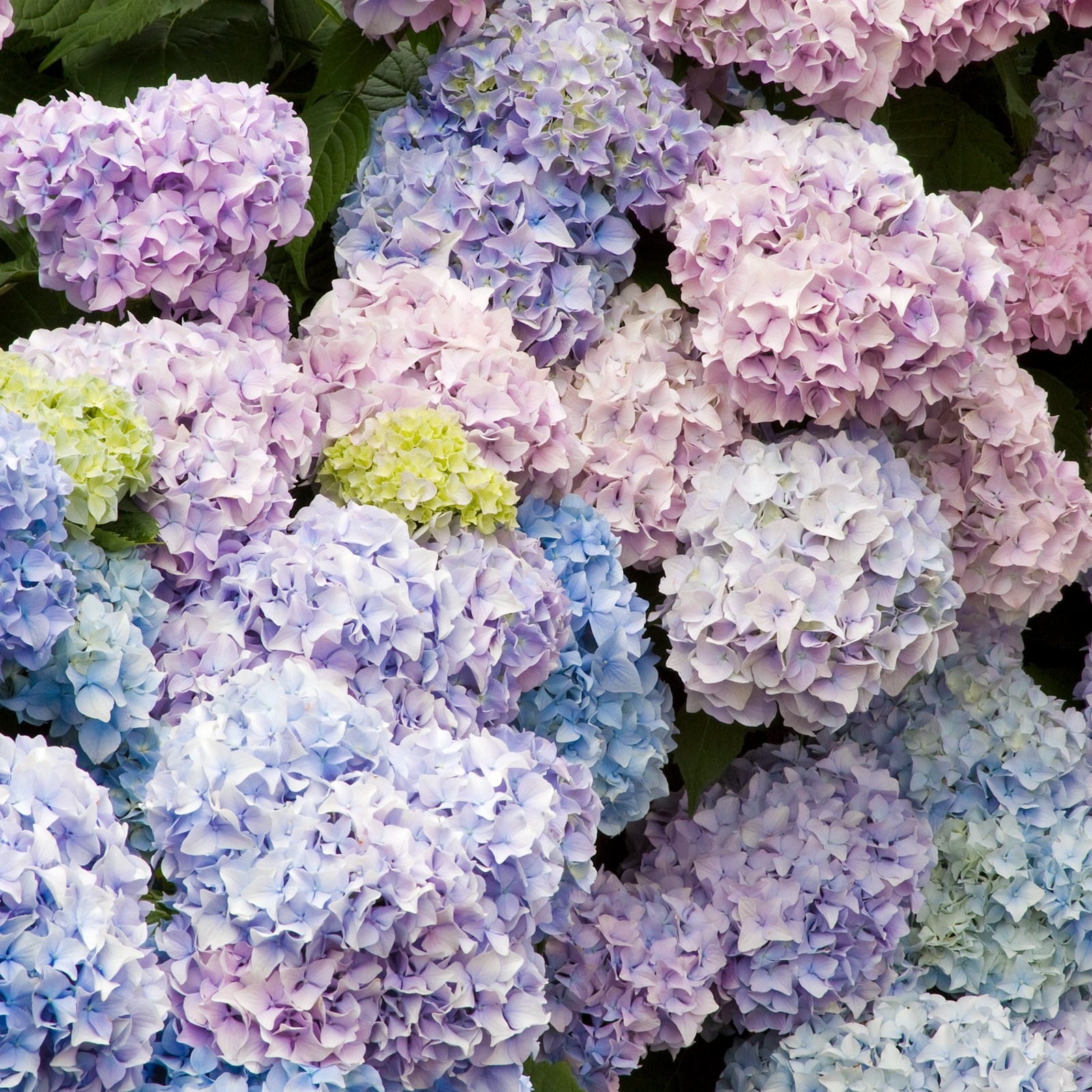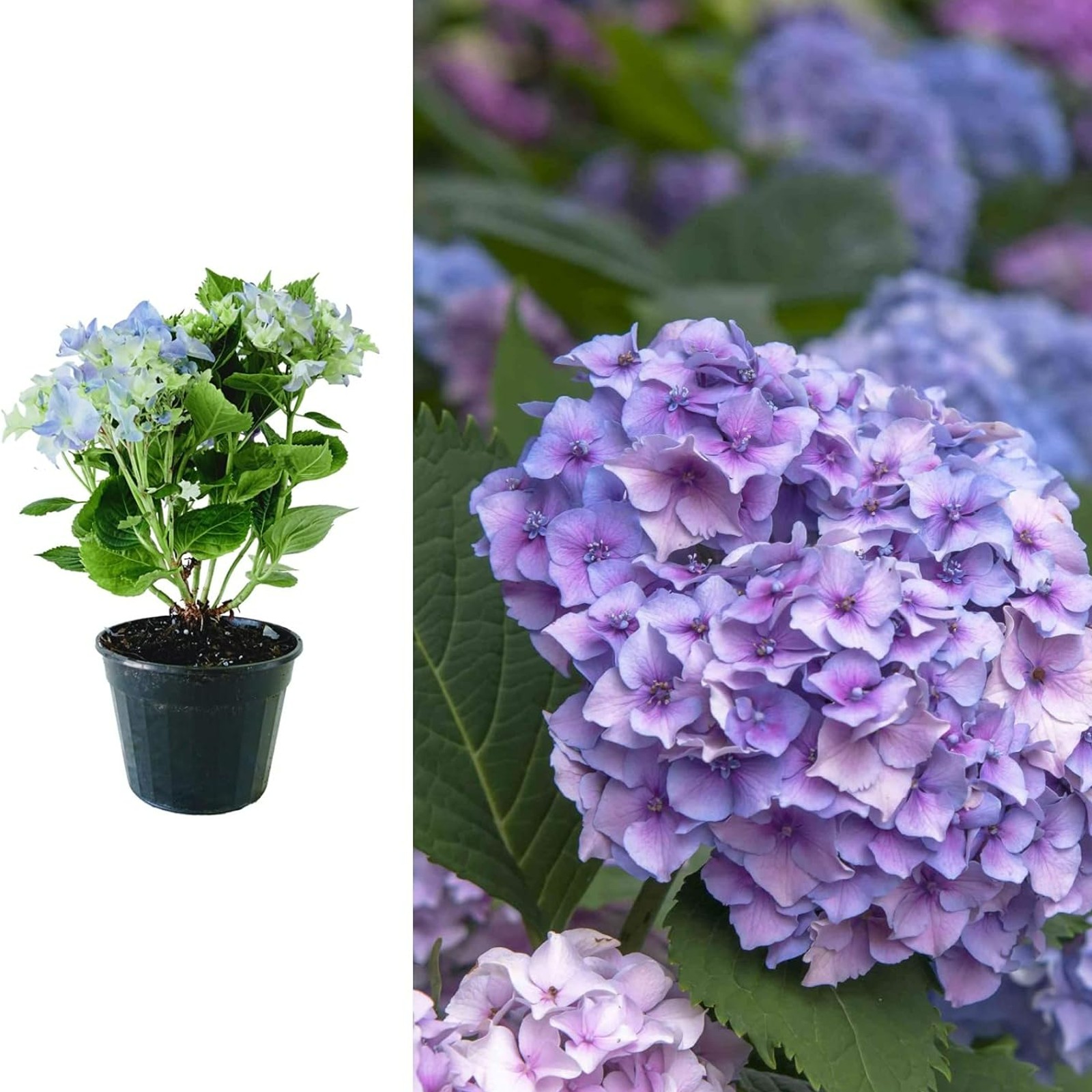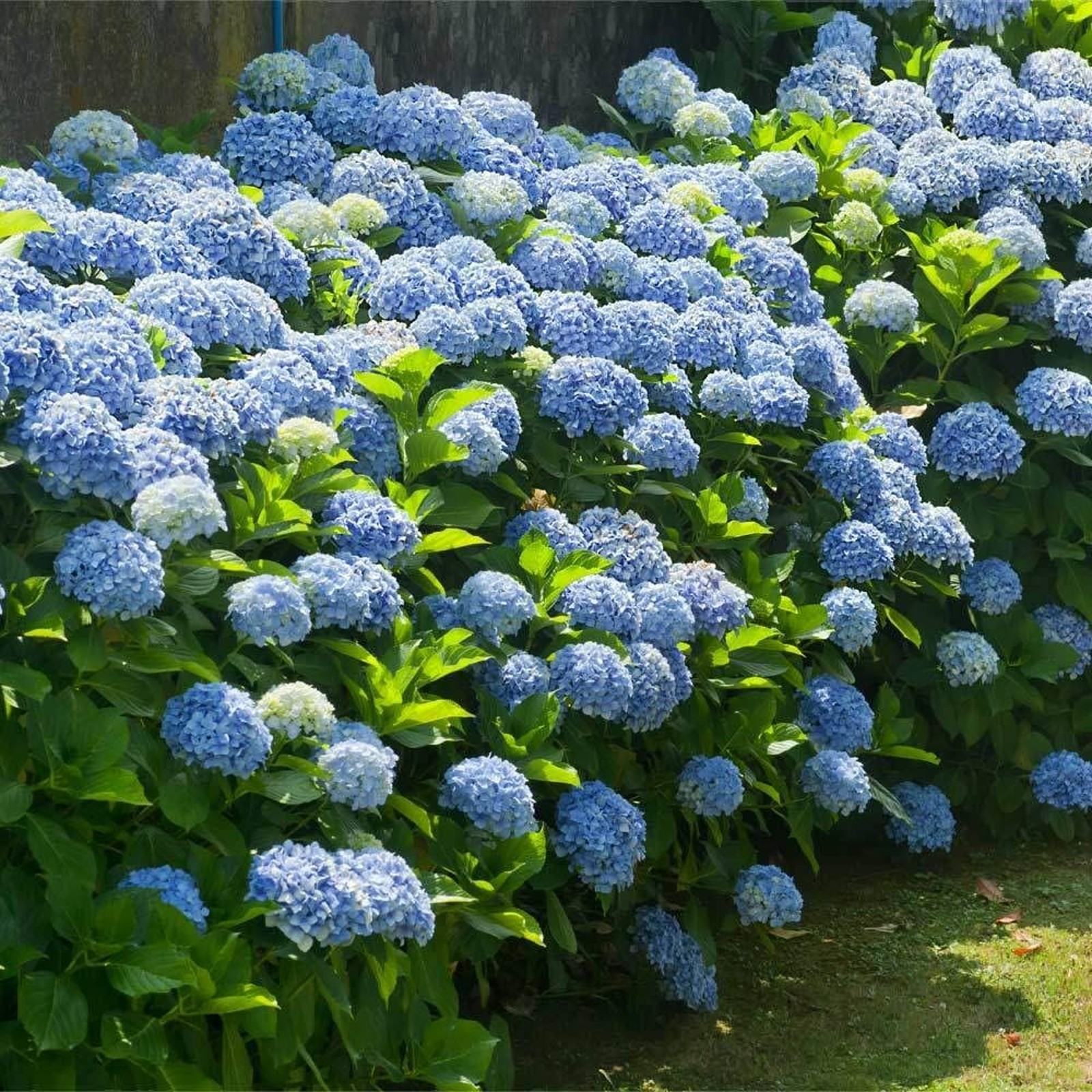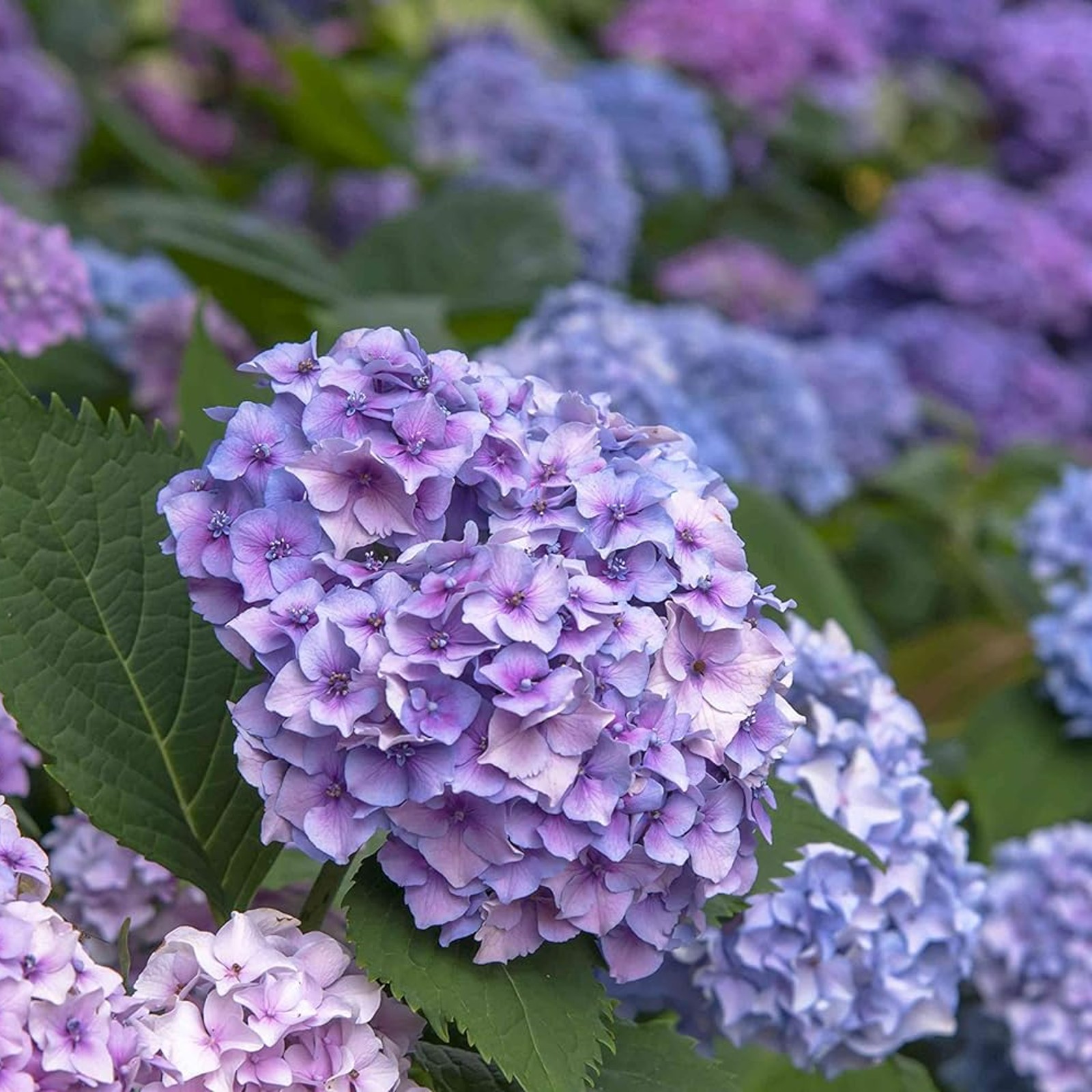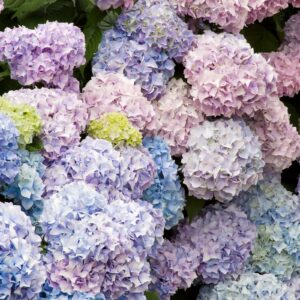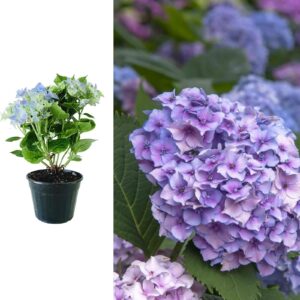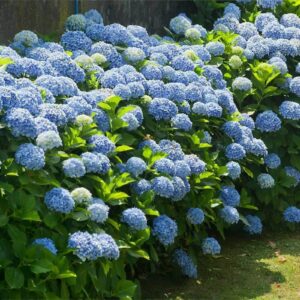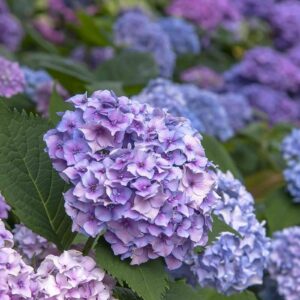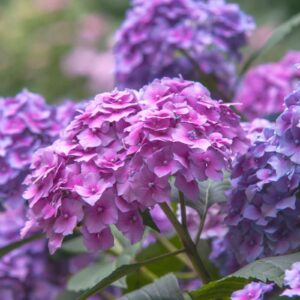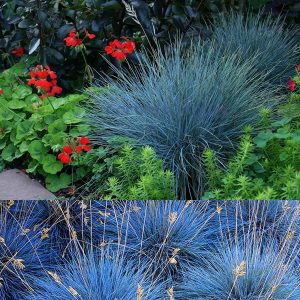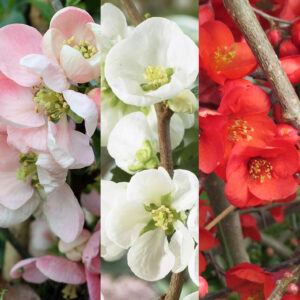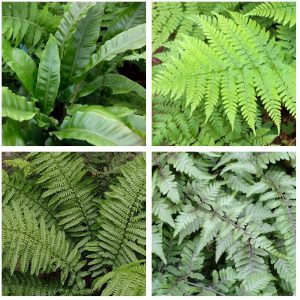Hydrangea macrophylla ‘Nikko Blue’
0 reviews
Ready to Plant - Add Colour to Your Garden
- LOOK: This plant will produce large mophead flowers and can be planted in borders, beds or in pots for the patio.
- CARE: The Hydrangea macrophylla will flower during the Summer months and is best kept in a sheltered position of the garden - facing North, South, East or West.
- SOIL: This plant will grow in any moist, well-drained soil. One of the unique characteristics of this plant, is that the colour of the flowers may change depending on the pH level of the soil it is planted in.
- WHAT YOU WILL GET: A Hydrangea macrophylla 'Nikko Blue' plant in a 9cm pot that will produce beautiful flowers during the Summer.
Out of stock
Enter your email below and we'll contact you when It's back in stock.
-
Eventual Height
Will have a height and spread of 2 metres x 2 metres
-

Pot Size
9 cm
-
Season of Interest
Will flower from July to October
-
Light Required
Too much shade can reduce flower output. Hydrangeas do well in the partial shade provided by tall deciduous trees, especially if they receive morning sun and the partial shade occurs in the heat of the afternoon. They will also thrive in full sun but might need extra water on hot summer days.
-
Watering
Hydrangeas need consistent moisture throughout the growing season: give your hydrangeas a deep drink of water one to two times every week. If your area has had significant rainfall, you can cut back on supplemental watering. Each time you water, water deeply until the ground feels saturated but is not waterlogged. A light watering every day is not sufficient because the water will not reach the root system to hydrate the plant.
-
Best Growing Conditions
If your soil is rich in nutrients, you likely won't have to fertilize your hydrangeas. In fact, if hydrangeas are given too much high-nitrogen fertilizer, the foliage will be full and lush but with fewer blooms. If the soil is not fertile, in the spring spread of layer of organically rich compost around the plants or apply a fertilizer suitable for flowering shrubs. Hydrangeas prefer fairly mild temperatures. In areas with bitterly cold winters, dieback can be a problem if the hydrangea is located in an unprotected area or one that receives too much winter sun. Avoid planting on the south and west side of your property where the warmth of winter sun could cause buds to swell prematurely and become vulnerable to cold snaps.
